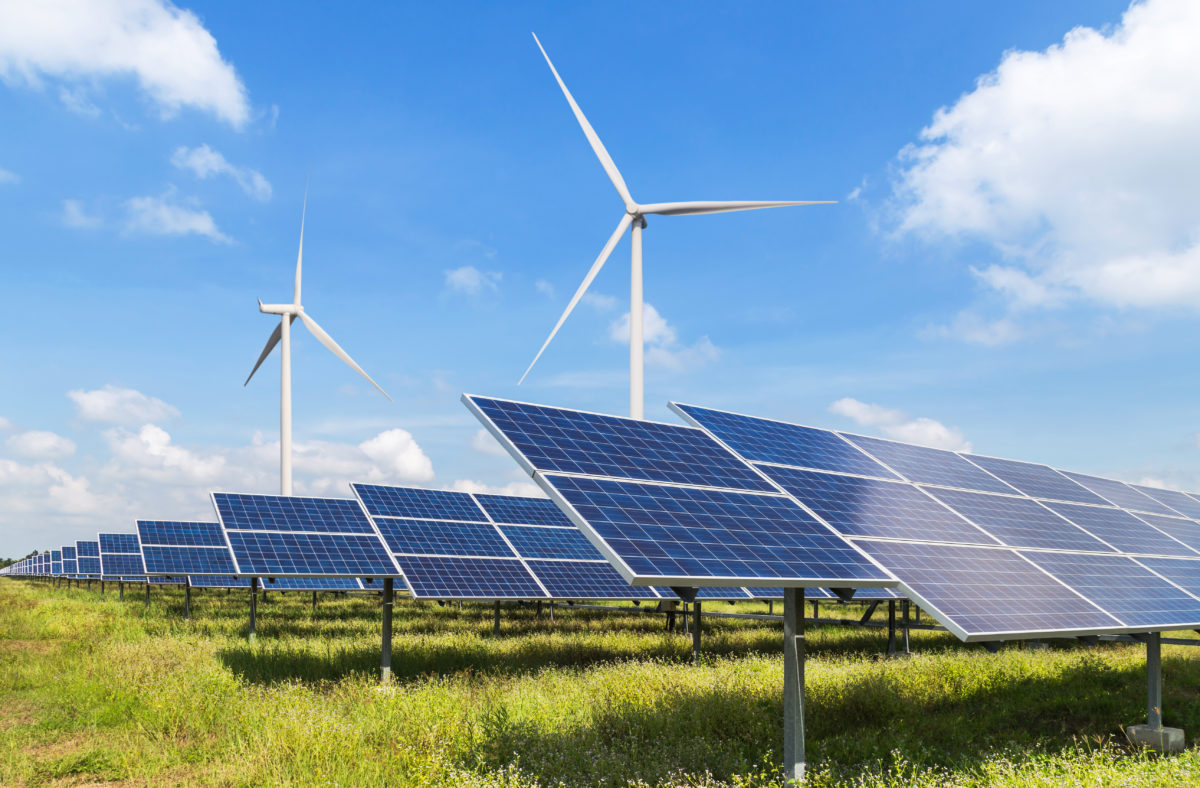Researchers from Pandit Deendayal Energy University in India created a model to select the best locations to build new hybrid solar and wind power plants in India. They also analyzed the viability of retrofitting existing standalone PV and wind plants into hybrid installations.
The scientists gathered data about wind and solar resources in India from 1979 to 2019 using the fifth generation of European Centre for Medium-Range Weather Forecasts software (ECMWF ERA5). They only considered hybrid solar and wind potential installations with installed capacities of 2.8 MW.
The results show that hybridization could increase yearly power output to 10 GWh in most of India and to a maximum of 18 GWh in the west of the country. The peak of standalone solar generation is registered in the northern region of the country at around 7 GWh. Peak standalone wind generation is around 14 GWh in the western region.
The hybrid power exploitability index indicates that most Indian regions are suitable for peak-load demand hybrid installations. Southwestern India is ideal for addressing base-load demand.
The academics also found that seven of the eight solar or wind plants could successfully be retrofitted into hybrid power plants.
“The viability of hybridization has been determined by calculating the growth in electricity generation through hybridization,” they said. “Technically, the project may be regarded as viable if the yearly rise in electricity generation is larger than 50% because 50% of the capacity is new to the system.”
Popular content
Three standalone PV plants generate 4.94 GWh, 4.82 GWh, and 4.59 GWh per year. Hybridization could boost power generation by 67.4%, 62.9%, and 26.0%, so only two of the three PV plants could be viably hybridized. However, hybridization would be successful in all assessed standalone wind installations, with the increase in electricity generation ranging from 62.3% to 399.2%.
The researchers shared their findings in “Hybrid wind–solar energy and resource simultaneity: An Indian case study for site selection and feasibility check,” which was recently published in the proceedings of The 5th International Conference on Renewable Energy and Environment Engineering.
They said their approach took India as a case study, but could be used for any other part of the world.
“The current approach will also help project developers and policymakers choose the optimum sites for more reliable [hybrid wind and solar] power plants,” they concluded.
This content is protected by copyright and may not be reused. If you want to cooperate with us and would like to reuse some of our content, please contact: editors@pv-magazine.com.


By submitting this form you agree to pv magazine using your data for the purposes of publishing your comment.
Your personal data will only be disclosed or otherwise transmitted to third parties for the purposes of spam filtering or if this is necessary for technical maintenance of the website. Any other transfer to third parties will not take place unless this is justified on the basis of applicable data protection regulations or if pv magazine is legally obliged to do so.
You may revoke this consent at any time with effect for the future, in which case your personal data will be deleted immediately. Otherwise, your data will be deleted if pv magazine has processed your request or the purpose of data storage is fulfilled.
Further information on data privacy can be found in our Data Protection Policy.